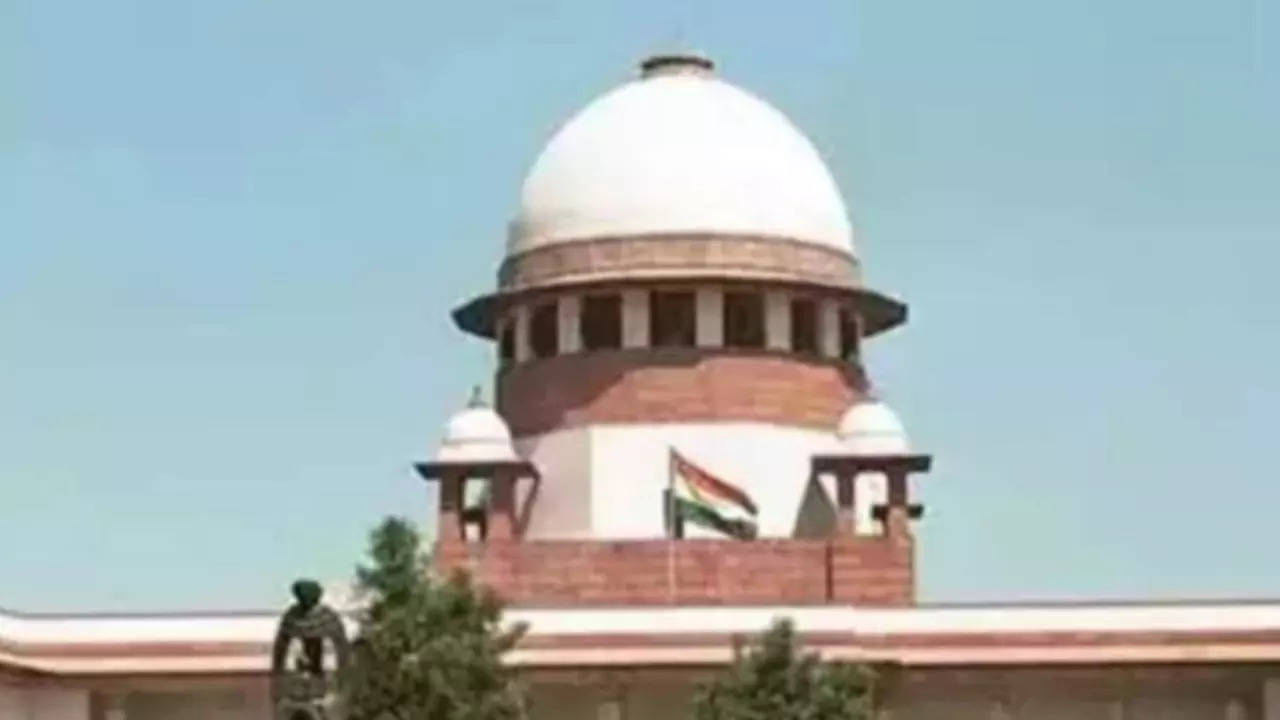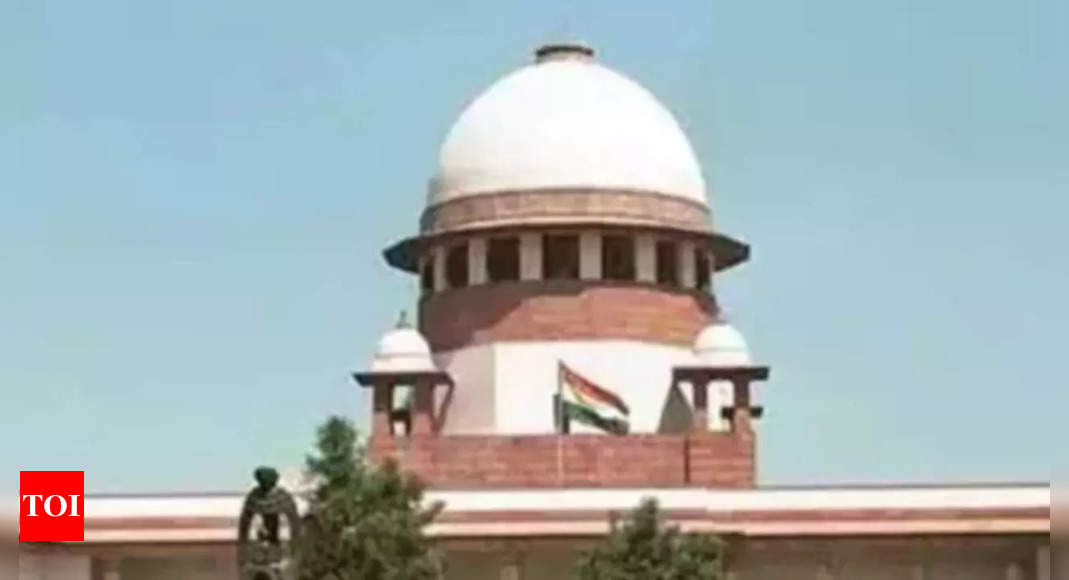
NEW DELHI: Attorney general R Venkataramani told the Supreme Court on Thursday that framers of the Indian Constitution inserted Article 370 to tide over an externally induced complex situation in Jammu and Kashmir during 1947-50 and said that it should have been abrogated in 1957 soon after dissolution of the J&K Constituent Assembly.
“Does the Supreme Court have a mathematically sound constitutional formula to resolve a political situation that prevailed in the state when Article 370 was inserted and a similar constitutionally crafted solution to the decades of disturbance resulting in loss of lives in the erstwhile state,” the AG asked a bench of Chief Justice D Y Chandrachud and Justices S K Kaul, Sanjiv Khanna, B R Gavai and Surya Kant.
He said J&K, since the signing of the Instrument of Accession in October 1947 or its complete geographic integration with India, has presented a wider canvas and the court must bear in mind the past, present and the huge ramifications for the future in deciding the validity of the decision taken to abrogate the controversial clauses of Article 370.“Because of the external aspects of the situation prevailing in the state, the framers of the Constitution had provided for Article 370 with a dual intent — to tide over the situation and provide for gradual constitutional integration of J&K with India,” the AG said, and asked, “Can the SC lay down judicially measurable standards for a political decision to abrogate the provisions, which stood in the way of J&K’s complete integration with India?”
Appearing for intervenors and petitioners, in support of the Centre’s decision, senior advocates and constitutional experts Harish Salve and Rakesh Dwivedi said the Constitution framers arrived at a compromise in the shape of Article 370 to balance competing views — with Congress and Sardar Patel opposing special status for J&K and others calling for complete autonomy, including plebiscite.
Salve said, “It may be difficult to find a legal logic in the way Article 370 is uniquely framed because it was a political compromise. The interpretation of the Instrument of Accession, which completed the physical integration of J&K with India, is a sovereign act and not open for judicial analysis.”
Relying on the doctrine of impossibility, Salve said Article 370(3), which provides for a mechanism for self-extinction, has been rendered impossible to be followed after the dissolution of the Constituent Assembly of J&K. Once the Constituent Assembly ceased to exist, the President had suo motu power to abrogate the Article, he said. The AG agreed and said despite this suo motu power, the President preferred to adopt a mechanism that was closest to the prescribed constitutional process while taking the decision on August 5, 2019.
Dwivedi, appearing for petitioner Ashwini Upadhyay, said Article 370 was the expression of an emotion of people that was respected at the time of J&K’s integration by the framers of the Constitution. “As human beings and as a nation, we all must get over the emotions and work towards building the nation as a single entity without any discrimination towards citizens based on their place of residence,” he said. Arguments will continue on Friday.
“Does the Supreme Court have a mathematically sound constitutional formula to resolve a political situation that prevailed in the state when Article 370 was inserted and a similar constitutionally crafted solution to the decades of disturbance resulting in loss of lives in the erstwhile state,” the AG asked a bench of Chief Justice D Y Chandrachud and Justices S K Kaul, Sanjiv Khanna, B R Gavai and Surya Kant.
He said J&K, since the signing of the Instrument of Accession in October 1947 or its complete geographic integration with India, has presented a wider canvas and the court must bear in mind the past, present and the huge ramifications for the future in deciding the validity of the decision taken to abrogate the controversial clauses of Article 370.“Because of the external aspects of the situation prevailing in the state, the framers of the Constitution had provided for Article 370 with a dual intent — to tide over the situation and provide for gradual constitutional integration of J&K with India,” the AG said, and asked, “Can the SC lay down judicially measurable standards for a political decision to abrogate the provisions, which stood in the way of J&K’s complete integration with India?”
Appearing for intervenors and petitioners, in support of the Centre’s decision, senior advocates and constitutional experts Harish Salve and Rakesh Dwivedi said the Constitution framers arrived at a compromise in the shape of Article 370 to balance competing views — with Congress and Sardar Patel opposing special status for J&K and others calling for complete autonomy, including plebiscite.
Salve said, “It may be difficult to find a legal logic in the way Article 370 is uniquely framed because it was a political compromise. The interpretation of the Instrument of Accession, which completed the physical integration of J&K with India, is a sovereign act and not open for judicial analysis.”
Relying on the doctrine of impossibility, Salve said Article 370(3), which provides for a mechanism for self-extinction, has been rendered impossible to be followed after the dissolution of the Constituent Assembly of J&K. Once the Constituent Assembly ceased to exist, the President had suo motu power to abrogate the Article, he said. The AG agreed and said despite this suo motu power, the President preferred to adopt a mechanism that was closest to the prescribed constitutional process while taking the decision on August 5, 2019.
Dwivedi, appearing for petitioner Ashwini Upadhyay, said Article 370 was the expression of an emotion of people that was respected at the time of J&K’s integration by the framers of the Constitution. “As human beings and as a nation, we all must get over the emotions and work towards building the nation as a single entity without any discrimination towards citizens based on their place of residence,” he said. Arguments will continue on Friday.
Source link

